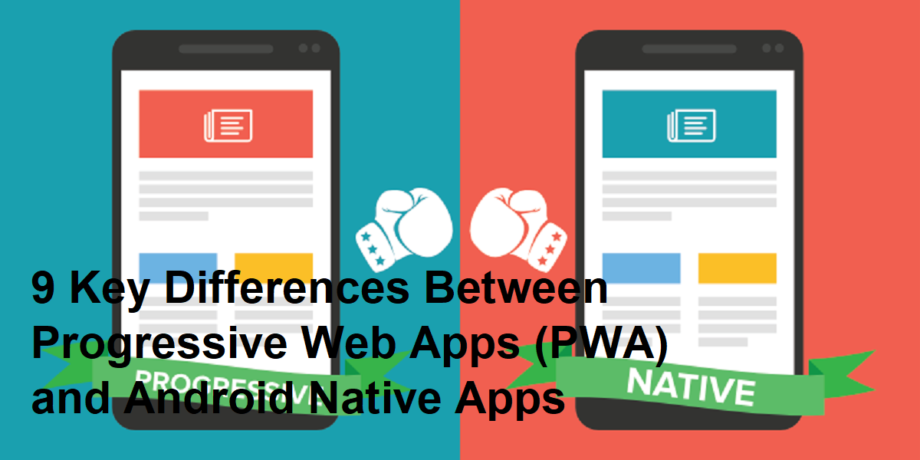Introduction
For developers today, understanding the distinctions between Progressive Web Apps (PWA) and Android Native Apps is crucial to choosing the right technology for their projects. Both approaches offer unique benefits and challenges depending on the use case, user needs, and development constraints. This article will explore 9 essential differences between PWAs and Android Native Apps, helping developers make informed decisions. The content is crafted with SEO best practices in mind, following the Yoast SEO scheme and EEAT principles (Expertise, Authoritativeness, Trustworthiness).
What are PWAs and Android Native Apps?
- Progressive Web Apps (PWA): Web applications that load like regular web pages but offer app-like functionality such as offline usage, push notifications, and device hardware access, leveraging modern web technologies.
- Android Native Apps: Applications developed specifically for the Android platform using programming languages such as Java or Kotlin, installed directly on devices from app stores.
9 Key Differences Between PWA and Android Native Apps
| # | Aspect | Progressive Web App (PWA) | Android Native App |
| 1 | Installation & Access | Accessed via browser, can be installed from the browser without app store | Installed via Google Play Store or APKs |
| 2 | Development Cost & Time | Typically faster and less costly to develop; uses web technologies | Requires platform-specific development, higher cost and time |
| 3 | Performance | Runs within browser sandbox, may have slower performance compared to native | Optimized for platform, better performance and responsiveness |
| 4 | Offline Capability | Supports offline via service workers but limited compared to full offline native apps | Fully functional offline depending on app design |
| 5 | Hardware Access | Limited access to device features (camera, GPS, etc.) depending on browser support | Full access to device hardware features |
| 6 | User Experience (UX) | User experience sometimes less smooth, limited background tasks | Richer UX, smoother animations, background processing supported |
| 7 | Updates & Maintenance | Updates instantly via web; no app store approval process | Updates managed through app store, approval needed |
| 8 | Discovery & Distribution | Discoverable through search engines and links, no app marketplace requirement | Dependent on app stores for discovery and download |
| 9 | Security | Runs in browser sandbox, leverages HTTPS for security | Strong security with OS-level protections, sandboxing, permissions |
Why Developers Should Care
Choosing between a PWA and a native Android app depends on project goals, budget, target audience, and required features. PWAs are an excellent choice for fast-to-market, cross-platform accessibility, and lower development costs. Android native apps excel where high performance, seamless UX, and deep hardware integration are critical.
Conclusion
Understanding these 9 critical differences empowers developers to select the appropriate app development strategy, whether embracing the web’s flexibility via PWAs or leveraging the native power of Android apps. Both have a distinct place in modern development, and mastering their nuances is key to successful projects.









